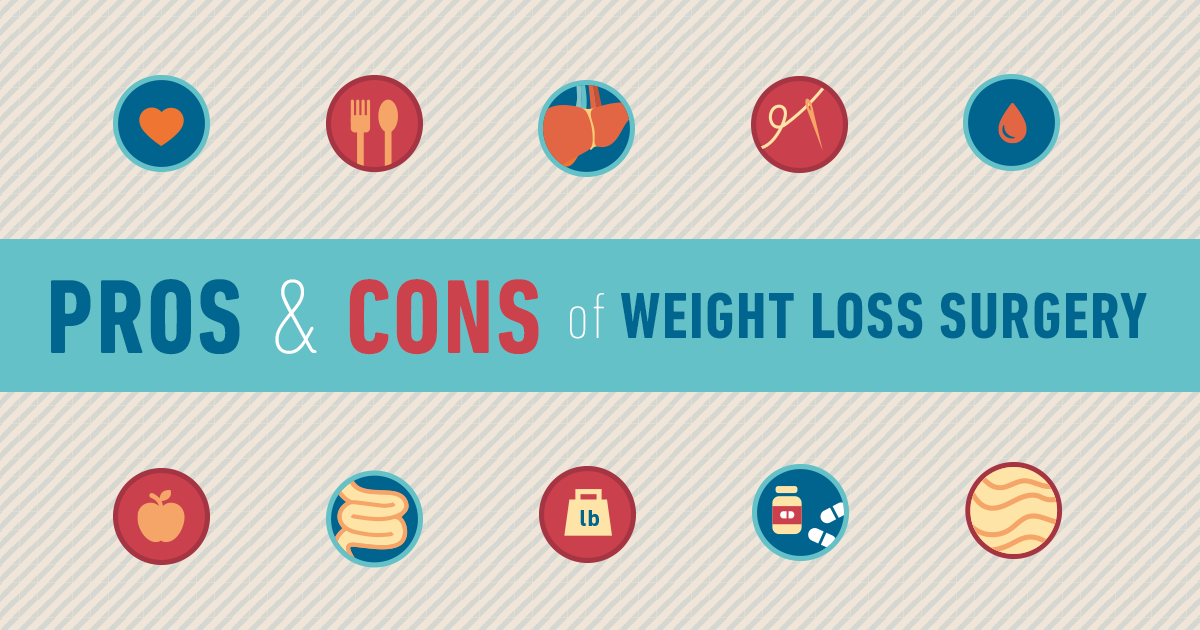When it comes to dealing with dry eye, you might find yourself evaluating the costs of in-clinic therapies against at-home treatments. In-clinic alternatives can be expensive, reaching up to $1,200 a month, while at-home remedies frequently come at little to no cost. However how do you understand which is best for your circumstance? Recognizing the subtleties of each technique can aid you make an educated decision. Allow's explore what these alternatives involve.
Comprehending the Prices of In-Clinic Therapies for Dry Eye
When you're taking into consideration in-clinic therapies for dry eye, it's necessary to comprehend the prices involved. The rate can vary considerably based upon the therapy kind and your location.
Typical choices like prescription eye goes down may cost you between $50 and $150 each month. If you go with punctal plugs, anticipate to pay around $200 to $500 for the treatment, plus any follow-up gos to.
Dry Eye Specialist like LipiFlow can range from $600 to $1,200 per session. Do not fail to remember to examine if your insurance covers any of these costs, as this can substantially impact what you wind up paying.
Being informed regarding these expenses can assist you make a far better decision customized to your budget and needs.
Checking Out Home Remedies and Their Cost
Although in-clinic treatments can be costly, exploring at-home remedies for dry eye often offers a more budget-friendly option. Much of these treatments are basic and can be quickly included into your everyday routine.
For instance, making use of a humidifier includes wetness to the air, which can aid minimize completely dry eye signs and symptoms without breaking the bank. In addition, non-prescription synthetic rips are economical and can supply quick relief.
You may also think about warm compresses, which you can make with a clean towel and cozy water-- a low-cost and effective alternative. Remaining moisturized by drinking a lot of water is one more cost-free way to sustain eye health and wellness.
Weighing the Benefits and Drawbacks of Each Option
While considering your options for completely dry eye treatment, it's critical to evaluate the advantages and drawbacks of both at-home treatments and in-clinic treatments.
At-home treatments, like synthetic rips and warm compresses, offer benefit and cost-effectiveness, yet they mightn't provide instant relief for severe cases.
On the other hand, in-clinic procedures-- such as punctal plugs or specialized therapies-- commonly supply quicker, a lot more efficient outcomes, yet they can be more costly and may call for multiple gos to.
Furthermore, in-clinic therapies may involve a more complex procedure, which could be intimidating for some.
Inevitably, your selection must depend upon your symptoms' intensity, your budget, and your convenience level with each method.
Assessing these aspects will assist you find the appropriate balance for your completely dry eye relief.
Conclusion
When it involves dealing with completely dry eye, you've got alternatives. In-clinic therapies can be costly but could offer even more instant alleviation for serious cases. On the other hand, at-home solutions are affordable and can offer convenience without breaking the bank. Eventually, Menopausal Dry Eyes depends on your certain requirements and seriousness of signs and symptoms. Consider Dry Eye Diagnosis , and do not be reluctant to speak with a specialist if you're unclear which technique is best for you.
